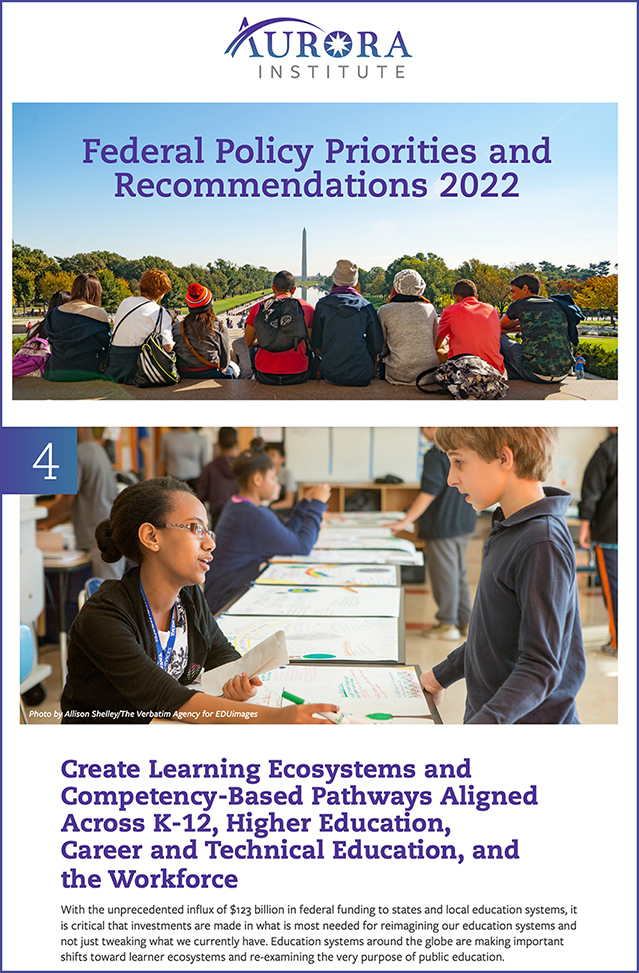The future of learning: Co-creating skills development strategies with employee preferences — from chieflearningofficer.com by Stacey Young Rivers
The limitations of developing just-in-time learning strategies perpetuate a paradigm where learning and development can appear ineffective for teams that have to move quickly and fail fast.
Excerpt:
I believe the future of learning will be a system where employees and learning teams co-create experiences. No longer will skills development programs be created in silos for employees to consume. Gone will be the days of conducting exhaustive needs analysis that can add layers of complexity for program delivery.
The limitations of developing just-in-time learning strategies perpetuate a paradigm where learning and development can appear ineffective for teams that have to move quickly and fail fast. Thinking about how to overcome these challenges conjures a solution similar to a metaverse, a persistent virtual world that is always open. One value proposition of a metaverse is that everyone can create their own adventure in an ecosystem supporting curiosity and experimentation, two areas undergirding skills development.
With this lens, understanding employee preferences for learning is the beginning of co-creating experiences, and one approach for how L&D leaders can begin to structure skills development programs. While conducting a study to engage employees in training, we uncovered new insights into where corporate L&D is headed in the future.
Also relevant here, see:
Workplace Learning: Still a Mess — from eliterate.us by Michael Feldstein
Excerpt:
There’s a mantra these days that higher education needs to get better at listening to industry so they can better prepare students for work. And while there is definitely some truth to that, it assumes that “industry” knows what it needs its workers to know. Former HP CEO Lew Platt once famously said, “If only Hewlett Packard knew what Hewlett Packard knows, we’d be three times more productive.”
In other words, a lot of vital know-how is locked up in pockets within the organization. It doesn’t reach either the training folks or the HR folks. So how are either universities or EdTech professional development companies supposed to serve an invisible need?
It’s not that they don’t know how to learn or they don’t like to learn online. It’s because their experience tells them that their valuable time spent “learning” might not equate to actual skills development.
Addendum on 8/15/22:
- Workplace Learning: A Follow-up — from eliterate.us by Michael Feldstein












